IndieChat Recap – Is Anyone Making Money on Delivery?
Delivering pet food and supplies may no longer be optional for Indie retailers.
According to Packaged Facts 2023-24 Pet Industry Outlook, 82% of Gen Z shoppers and 83% of Gen X shoppers shop online for home delivery. In the pet market, this convenience factor is even more important for heavier and bulkier pet care products such as large bags of kibble and litter. Product delivery for independent pet retailers is becoming less of an option and more of a customer expectation. And it is not cheap. IndiePet invited retailer members to share their experience with delivery at our first IndieChat of 2024, Is Anyone Making Money on Delivery?
We welcomed a dozen retailers of varying sizes including several who have successfully implemented delivery into their businesses, a few who are looking to add delivery and a few who don’t think they want to offer delivery but wanted to learn more.
Is an ecommerce website a necessity?
We got right into the discussion with a guest describing his business as having offered delivery to his customers as a way of differentiating his business from competitors – 40 years ago! We’re talking pre-internet, pre-cellphone, pre-email! For this retailer, an ecommerce website wasn’t even an option when he opened his business. But today? The group agreed that today, an attractive ecommerce website is a necessity. And keeping it current with up-to-date product descriptions and images is very important. That is easy to do with IndiePet’s Open Catalog, a growing product information database, powered by Salsify that allows retailers to download accurate, up-to-date product information directly into their point of sale and ecommerce platforms. Because the product information is maintained by the manufacturers who own it, retailers can be confident that what they download is always current and up to date, including images. Member retailers, if you are not already using IndiePet’s Open Catalog, request access today.
Getting the product to the customer.
Delivering products requires a method of getting the products to the customers and retailers used a variety of methods ranging from personal and company vehicles to third-party delivery services. Among those who made their own deliveries, some had dedicated drivers, other distributed the work of delivery among staff members, often including the business owner. Often a combination of factors including cost, availability, and ease of use dictated the method used.
Tips to make deliveries more efficient:
Stay within a realistic radius.
Use route planning software if doing own deliveries.
Establish dedicated time for deliveries (i.e., after a certain time of day, on certain days, etc. The “doordash” style does not really lend itself to cost effective deliveries.
If using a third party, develop a strong, positive relationship – they are representing your business to your customers!
It’s about the money!
Almost all the retailers present noted that delivery can be costly. While several offered “free” deliveries, there were limits in order size, time frame of delivery, or distance. Others charged flat fees or scaled fees. And others built the cost of delivery into the product price (e.g., come into the store and it’s this price; order online and have us deliver and it’s this price.) Most said that it didn’t really seem to matter if there was a fee or not. If people wanted products delivered, they didn’t seem to worry about an additional fee.
But is it really worth it?
It may depend on your market area. One retailer present noted that their delivery business was upwards of 20% of their overall business but for another, it was only around 1%. Still another noted that their customers seemed uninterested in having products delivered and preferred to shop in store. Delivery can be a way of expanding your market area without having to open additional stores, one retailer noted. Several retailers had been surprised to find that ticket totals on delivered orders were consistently and significantly higher than in-store tickets.
How do I get started if I want to offer delivery to my customers?
Know your market. Start small, grow as you learn.
Set up a process. How will you accept orders? Online only? Email, phone, morse code? How will you confirm with the customer when order received, processed, delivered?
Consider limiting what you deliver to begin with. Start with the necessities (e.g., food, treats) Recognize that special packaging may be needed for frozen foods if you plan to deliver. Secondarily, offer delivery of supplies, toys, supplements, etc.
Be timely. Again, set up a system. Pick orders at a consistent time, plan deliveries for efficiency. Ensure you can meet delivery promises (e.g., same day, or within 24 hours).
Work out ahead of time how you will “prove” delivery. Will you require the customer to take delivery? Take a photo of the order on the front porch? Work this out ahead of time and be sure your customer knows the process.
In conclusion
Pet food delivery, in many markets, will probably break even and may even come out a bit ahead, but will become ever more necessary to be competitive. It is no longer a differentiator, but an expected service. There are ways to manage costs if one begins slowly and builds up.
If you are interested in learning more about how to start delivery at your business, please reach out to us at IndiePet. We can connect you with members who have successfully built their delivery businesses and who have agreed to share their knowledge with those just beginning.
